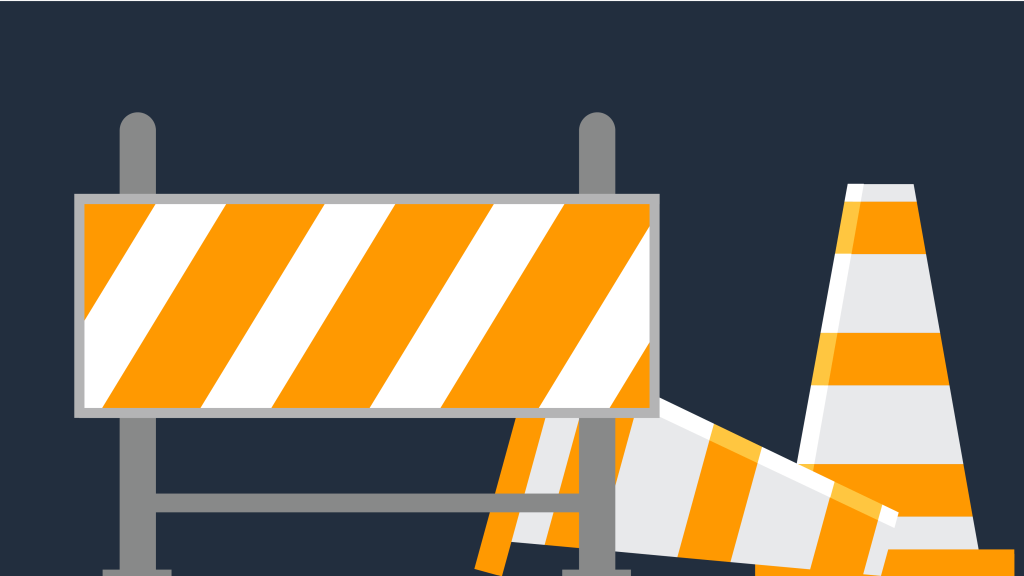
Brand restrictions aren’t something to be feared. In fact, from what we have seen they actually help to improve our profit margins. Despite this, people hear the words “brand restriction” and cower in fear they won’t be able to be ungated. That couldn’t be further from the truth, and in this article, we will go over the exact process you can follow to become ungated.
I want to preempt this post with two things:
- These are not hacks and are the processes Amazon actually wants you to use.
- This assumes you are an approved seller by the brand.
Now, before we move on, I want to say if you follow the TWF model, you will ALWAYS be an approved seller. We are an approved seller and valued partner for all of the brands that we carry in our own Amazon account, and it’s the only strategy that we teach, as it is the safest and most ethical way to do business.
That aside, let’s jump into the meat and potatoes of this thing…
Brand restrictions are a massive benefit as it allows the brand to control their listing to a large degree. They are able to work with approved sellers to make sure that the products being sold through the Amazon channel are authentic, as well as new current product that matches the description.
This allows the brand to make sure that customers receive the correct product, but more importantly, it gives the brand the comfort that those approved sellers are going to help the product succeed within the Amazon platform.
As sellers, it also has a massive benefit…
When sellers are removed, the product becomes less competitive which typically means prices increase, as well as sales volume (effectively you are selling more units, because there are fewer sellers). So, more profit, and more sales? This is great, right?
Now, let’s get you approved…
The approval process is simple on the Amazon side. In relation to “brand restrictions” Amazon requires your choice of:
3 Invoices from the manufacturer
All invoices must have the following criteria to be considered valid by the Amazon Brand Ungating team.
- Your invoices must be dated in the past 180 days or reflect the delivery or purchase of listed products in the past 180 days.
- Invoices must contain the names of the products purchased.
- Documents must contain your name and contact information for your business (e.g. address, phone number, email, or website)
- Documents must contain the issuer’s name, address, phone number, and email address or website
There are some points that need clarification…
Amazon does NOT need your Amazon “storefront” name to be on the invoice. They need your legal business name, that matches your account information in Seller Central.
Also, in full disclosure, we have not tested this process with distributor invoices. All of the products we have been ungated for have used direct manufacturer invoices. I would presume that distributor invoices would work as well, but can’t verify it. Maybe one of you awesome folks can confirm it for us.
The alternate form of approval is:
Letter of Authorization from the manufacturer
A letter of authorization simply shows Amazon that you are an approved vendor of the brand. Here are the criteria that a Letter of Authorization must contain to be valid per Amazon’s standards:
- Legible (I am honestly not sure why they mention this, presumably they don’t want handwritten LOA’s)
- Dated within the last 90 Days
- Includes the manufacturer name and contact information
- Includes your legal business name or the name of which corresponds to your Account Information page in Seller Central
- Includes your Physical Address
- Must be in English
It is important to mention that Amazon is INCREDIBLY picky with these. If it is missing even ONE piece you can and likely will be denied. Similarly, if it is not easily identifiable it will be denied.
So, what do you do if you get denied?
First, don’t panic.
Then, check your work!
Check it with a fine-toothed comb. Compare EACH aspect of the required information to your Letter of Authorization. Go verify that same information vs. the manufacturer’s website, and then double-check your information vs. the information in your Amazon account. They are going to verify your company information, your billing information, and the same type of information from the manufacturer.
We recommend once you have verified and corrected any information that you resubmit your application. Sometimes, this process may need to be repeated 3-5 times, and often in that process, they may just tell you exactly what they are working for.
The great news is that despite the process being somewhat tedious, we have never been denied on selling a brand. We have been approved to sell more than 20 restricted brands, and our students have been approved for HUNDREDS beyond that using this same strategy.
Diligence and accuracy are the most important parts of this process. Also, it’s important to keep in mind this is exactly HOW Amazon wants you to do things! So, if you are an approved vendor by your brand, enjoy the awesome sales, and don’t worry… you will get approved!



